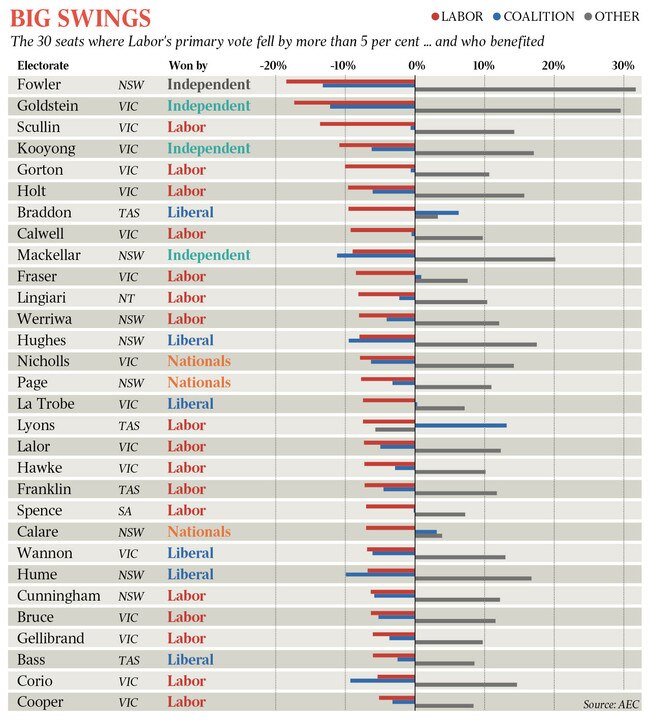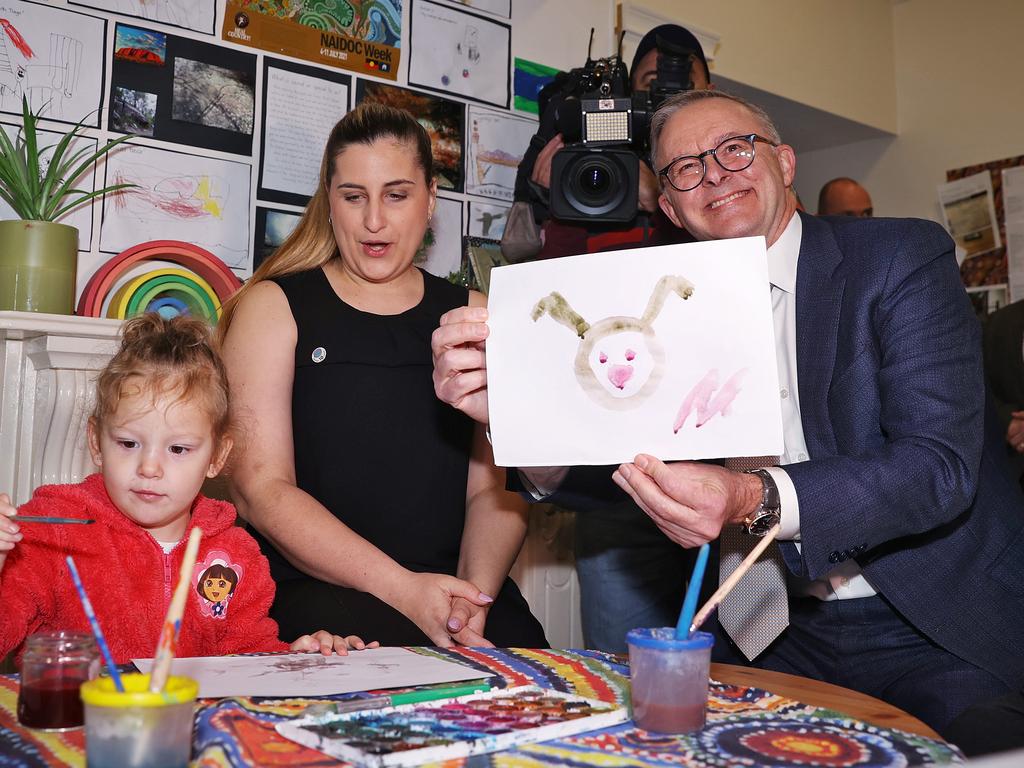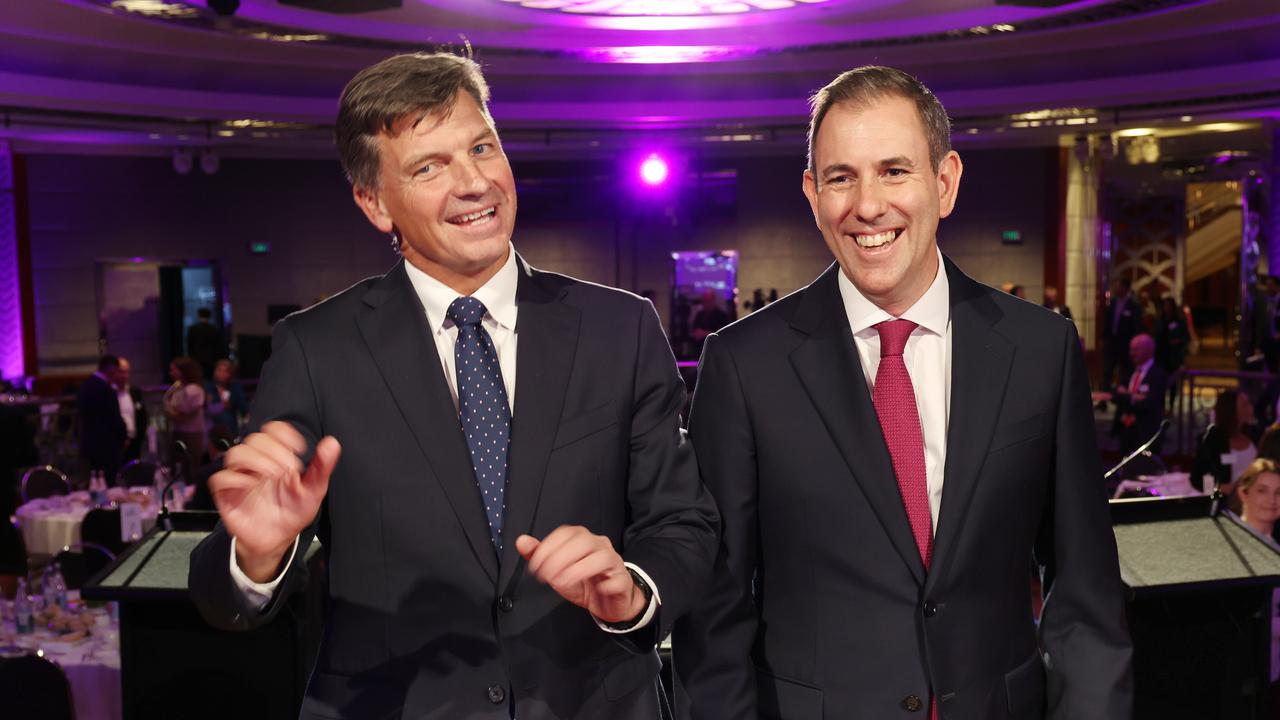How Labor fell into power despite swing against it in primary vote
Labor’s victory in last month’s election came despite the party’s primary vote falling in more than half of the nation’s seats.

Labor’s change-of-government victory in last month’s election came despite the party’s primary vote falling in more than half of the nation’s seats and by more than 5 per cent in 30 electorates.
Of Labor’s worst 30 swings, 18 were in seats it held before the election, including more than 10 per cent in Fowler in western Sydney, lost to independent Dai Le, and Scullin and Gorton in Melbourne’s northwest. Sixteen of the 30 were in Victoria.
Nationally, Labor’s primary vote was just 32.65 per cent, down 0.7 percentage points from the 2019 election, on latest counting, but it still managed to secure a majority with 77 seats. The Coalition finished with 58 seats, down 17, and the lower house will have a record crossbench of 16.

Minor-party candidates and independents were the main beneficiaries of Labor’s worst primary vote slumps, with the Coalition only increasing its vote in five of the 30 seats.
The impact of Labor’s primary vote shift to “other” candidates was reduced by the fact it picked up the majority of preferences as minor candidates were eliminated. This was highlighted by the fact Labor won the Adelaide seat of Boothby from the Liberal Party despite its own primary vote falling 2.3 per cent.
The Coalition’s crushing defeat was sealed by an almost nationwide primary vote slump. The Liberals and Nationals increased their vote in only 16 of the 151 seats, their best results a 13.2 per cent swing in Lyons in Tasmania and a 14.6 per cent swing in Townsville-based Herbert.
Labor’s vote rose in 67 seats, including 14 of the 15 in Western Australian. Its 10 biggest swings were in WA, topped by Pearce with an 11.4 per cent increase.
In 133 seats, the major parties’ combined vote went backwards and is now below 50 per cent in eight seats. In 48 seats, more than one in three voters cast a vote for a candidate other than the Coalition’s or Labor’s.
More Coverage








To join the conversation, please log in. Don't have an account? Register
Join the conversation, you are commenting as Logout